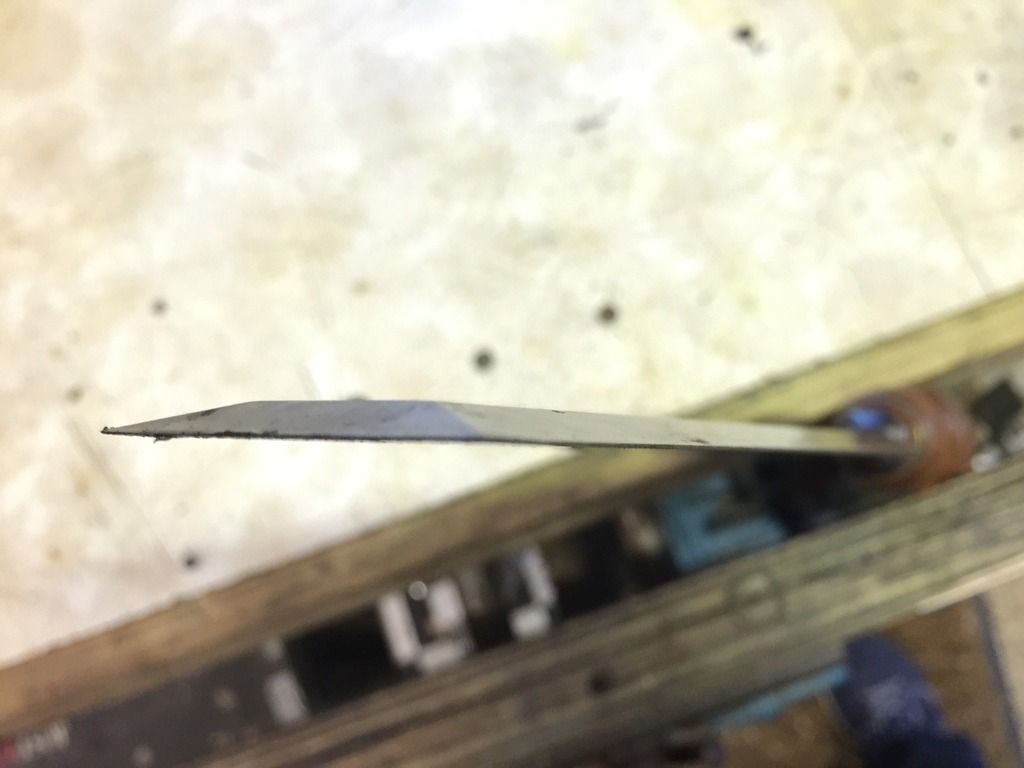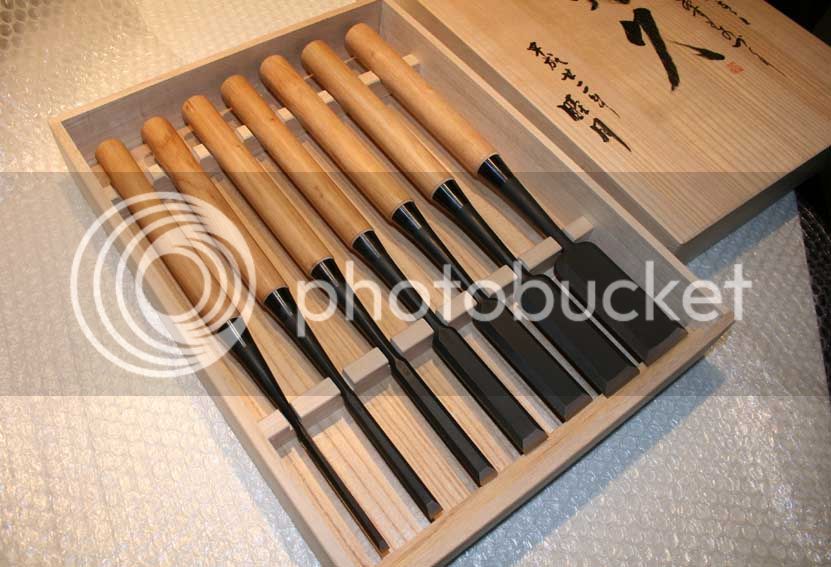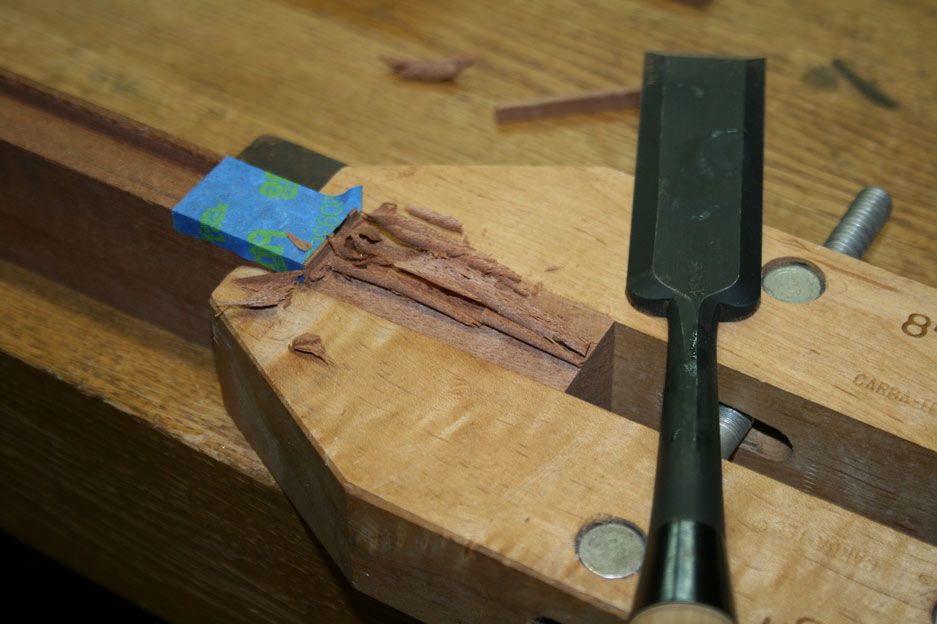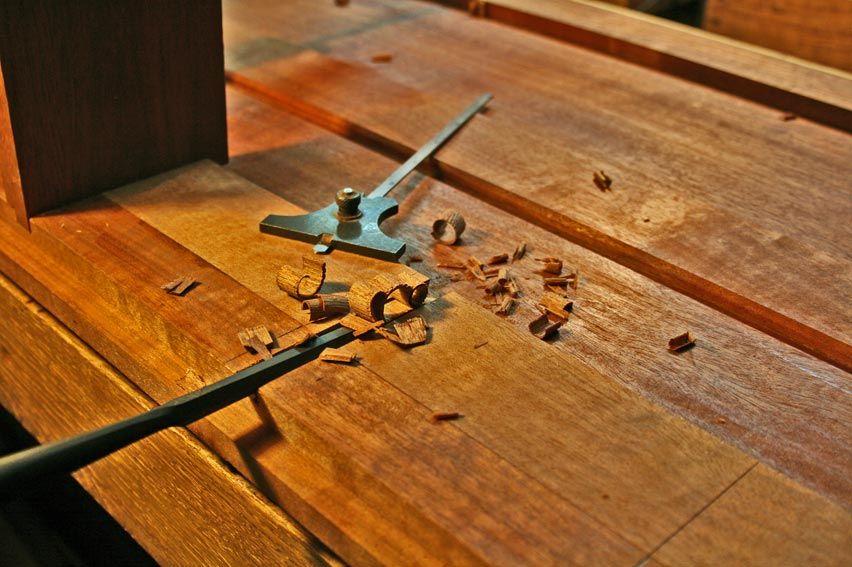Hello all,
How thick are long thin paring chisels?
I recently got a 38mm bevel edge chisel which is quite long (215mm/8.5 inches blade, from business end to where it meets the handle) but it's 5mm and 6mm thick, which is the same as my other normal chisels, and it's hardly flexible at all. Is it a normal chisel but just a bit longer because of the width?
How thick are long thin paring chisels?
I recently got a 38mm bevel edge chisel which is quite long (215mm/8.5 inches blade, from business end to where it meets the handle) but it's 5mm and 6mm thick, which is the same as my other normal chisels, and it's hardly flexible at all. Is it a normal chisel but just a bit longer because of the width?

















